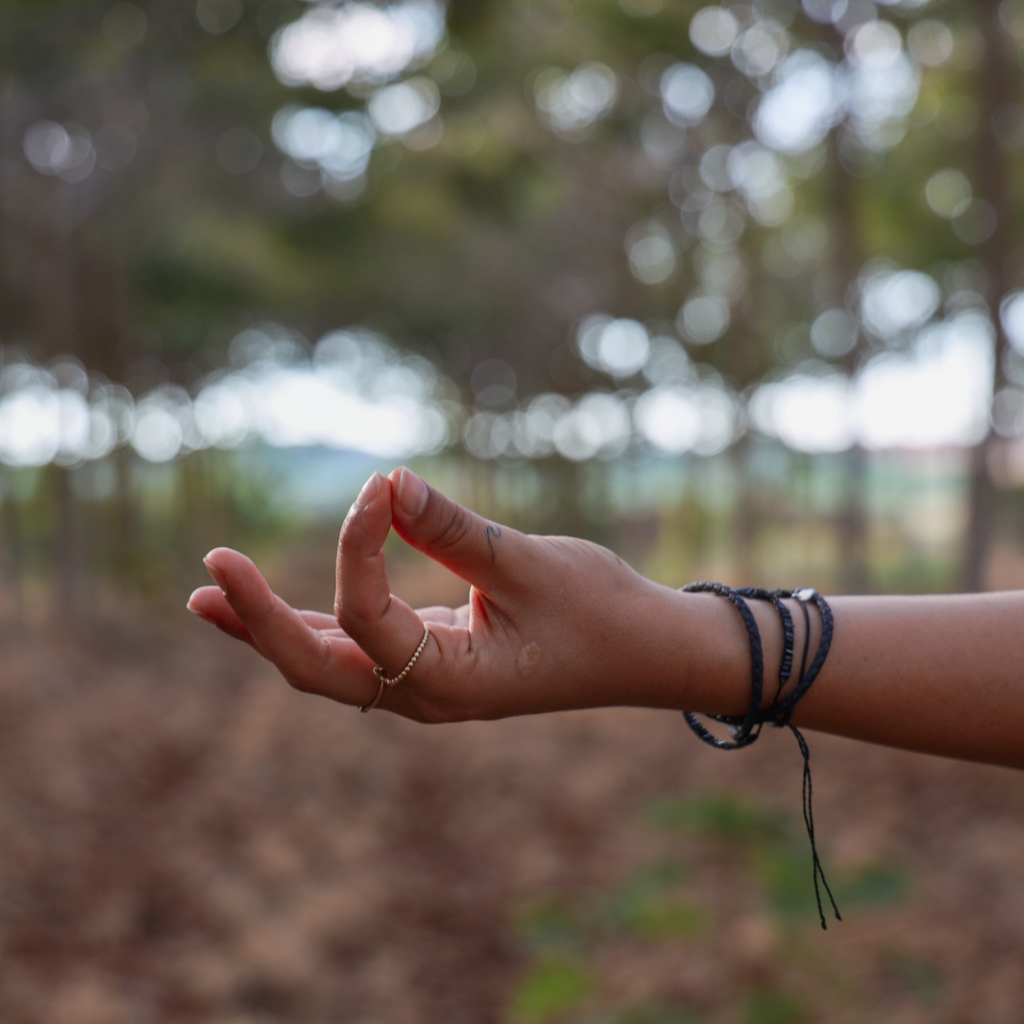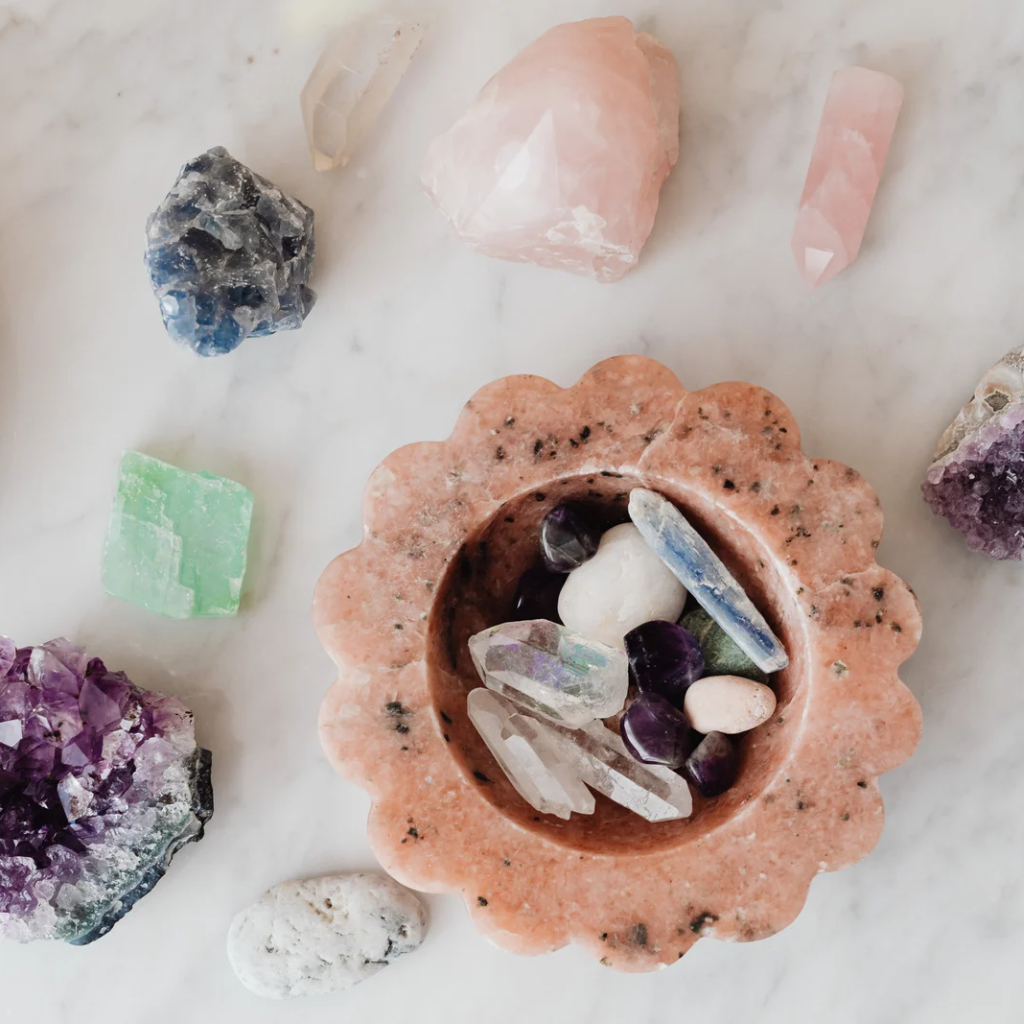5 Tips to Progress Your Practice with Roselle

Yoga is both a mental and physical practice. The poses are just one small aspect of the whole yoga practice; in fact, it could be argued that poses are the least important aspect (the only asana/pose described in yogic texts is “a seated comfortable position). However, as the practice of yoga has progressed, the poses have shifted to become the most prominent part, particularly in the Western world. Therefore, as we move our bodies into these strange shapes on a frequent basis it has become more important than ever that we make sure we are practicing the poses safely, so to heal and help rather than injure.
The pandemic has also meant that yoga practice has changed for a lot of people. Instead of being in a studio and benefitting from individualised physical or verbal adjustments, we've had to rely on our own instincts. Even if your teacher checks your posture whilst on a Zoom call, different aspects like camera angles and lighting can mean that it is much trickier for them to see clearly how they can help you.
Here are five foundational tips to help with your alignment:
1. Breathe
It sounds obvious, but it truly is essential in yoga! In general, we inhale to lengthen and we exhale to sink a little deeper into the pose. Trying to do the opposite will make your yoga practice much harder. Remember to use your breath to help you. So however long that Chair Pose is, don’t hold your breath!
Example - Forward Fold: Inhale to lift the arms above the head, exhale to swan dive the palms to the floor (bending the knees as much as you need), inhale to halfway lift onto the fingertips, exhale full fold. Stay for five long breaths – every inhale we lengthen and every exhale we fold a little deeper!
2. Reality check-yourself (before you wreck yourself)
Instagram and TV has warped our perception of what yoga is. Work with your own body and your own limitations. Remember that the vast majority of people are not gymnasts and whilst those fancy poses can look fun, pushing yourself too far too quickly can cause injury! Be happy with where you are. Know you will progress at your own speed - this is when the magic happens.
3. Foundations first
Think from the feet (or hands, depending what’s nearest the floor) all the way up. A helpful way to do this is to have a quick body scan in each pose, working from the soles of the foot, up through your limbs, to the crown of your head. This is useful for absolutely any yoga pose. By starting from the ground, we can stabilise and protect the body. Every part of the body should be active in every pose (no hanging out in the joints!) Initiallly this may seem like a lot to do, but it will soon become second nature to you when practising.
4. Muscles: activate
As mentioned above, it can be very tempting to “hang out” in the joints and whilst this might feel fine at first, eventually it can lead to pain and even injury. Instead think about hugging the muscles to the bone, particularly in standing poses and backbends. As soon as we activate the muscles, we begin to strengthen around the joints which actually helps prevent injury outside of yoga too!
5. Listen to your body
This is the most important point and combines with number two. Taking yourself to your sretch-edge in yoga is fine, but you know your body better than anyone (including your yoga teacher). Do what feels right for you and listen to cues but only use what feels helpful. As we say, discomfort is ok but pain is not! Only you know where that line is. The great part is that through yoga you will become more in tune with your body. Trust your instincts and, if in doubt, err on the side of caution – yoga is a lifelong practice, there is no hurry!


Leave a comment